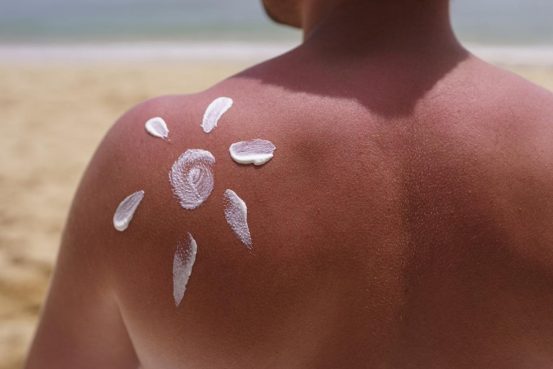
As customers become significantly smart about skincare, the argument in between chemical and physical sunscreens remains to be a hot topic. While both deal vital protection versus the sun's dangerous ultraviolet (UV) rays, physical sun blocks are usually admired for their mild yet effective solution, making them a favored option for those with delicate or responsive skin. The key to their success lies in their active components, which produce a physical obstacle on the skin to block out UV radiation. This write-up will look into the world of physical sun blocks, concentrating on their key ingredients: zinc oxide and titanium dioxide.
Unlike their chemical counterparts, which absorb UV radiation and convert it right into heat, physical sunscreens function by sitting on top of the skin to create a shield that disperses and spreads both UVA and UVB rays. This system is why they are frequently described as "sunscreens." The key advantage of this method is its instant effectiveness upon application and the reduced likelihood of triggering skin irritability, as the ingredients are not absorbed right into the skin.
One of the most celebrated component in the physical sun block family is Zinc Oxide. This giant mineral is special in its ability to provide broad-spectrum defense, indicating it successfully protects the skin versus the complete range of UVA and UVB rays. UVA rays are accountable for early aging, consisting of wrinkles and fine lines, while UVB rays are the primary root cause of sunburn. By supplying thorough security against both, zinc oxide plays an important function in avoiding sunlight damages and reducing the threat of skin cancer.
Additionally, zinc oxide is renowned for its relaxing properties. It has actually been utilized for centuries to deal with small skin irritations, breakouts, and burns, a testament to its mild nature. This makes sunscreens created with zinc oxide a suitable choice for people with sensitive skin, acne-prone skin, or problems like rosacea and eczema. Its non-comedogenic buildings likewise mean it is less most likely to block pores, an usual concern for those with oily or combination skin.
The various other key player in the physical sunscreen group is Titanium Dioxide. This naturally taking place mineral is another superb ingredient for developing a physical barrier against UV rays. It is very effective at mirroring and scattering UVB radiation, offering durable security versus sunburn. While it uses excellent protection throughout the UVB range, it is generally taken into consideration less effective versus long-wave UVA rays contrasted to zinc oxide.
Because of this, titanium dioxide is usually used together with zinc oxide in sun block formulations. This combination develops a collaborating effect, improving the total broad-spectrum protection of the product. By leveraging the staminas of both components, formulators can develop a sunscreen that provides detailed and trusted defense against the sun's harmful rays. Like zinc oxide, titanium dioxide is likewise mild on the skin and is an ideal alternative for those with sensitive or easily irritated skin.
Over the last few years, innovations in solution technology have addressed one of the initial drawbacks of physical sunscreens: the thick, white cast they would frequently leave on physical sunscreen ingredients the skin. Modern formulas now use micronized or nano-sized particles of zinc oxide and titanium dioxide, which allows for a more cosmetically elegant application without compromising their protective capabilities. This means you can enjoy the mild, reliable defense of a physical sun block without the tell-tale white residue.
In conclusion, physical sun blocks supply a trusted and mild method to safeguard your skin from the sun. Their star active ingredients, zinc oxide and titanium dioxide, operate in consistency to create a physical shield that disperses unsafe UVA and UVB rays. With their superb security profile and suitability for all skin kinds, particularly sensitive skin, physical sun blocks are an awesome force in the fight against sunlight damage. The next time you are Surf the sunscreen aisle, consider the effective, safety, and skin-loving benefits of a physical solution.